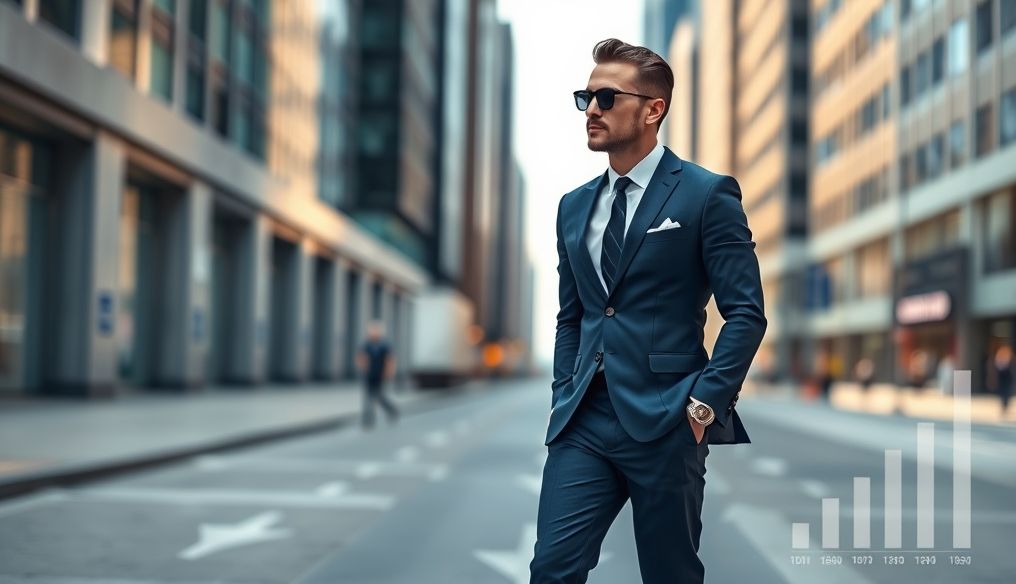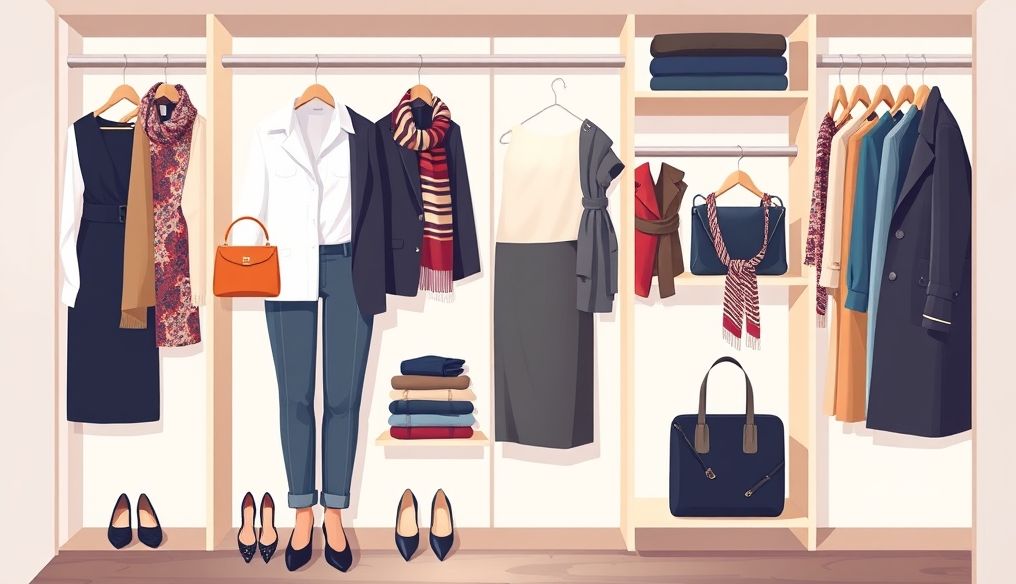Introduction: Style as a Key to Success in Formal Interviews
Your external appearance is the first thing an interviewer notices and can significantly impact their impression of you. Style in a formal interview isn't about wearing the most expensive clothes, but choosing appropriate and professional attire that reflects your personality and confidence. This article will explore the most important style rules you should follow to ensure success in your interview.
Chapter 1: Basics of Choosing the Right Clothes
1.1 Understanding Company Culture and Interview Type
Before choosing your clothes, research the company culture. Is it a startup with an informal work environment or a traditional institution? If you're unsure, always opt for a more conservative look. Also, determine the type of interview: is it a preliminary online interview or an in-person interview with the CEO?
Example: If the interview is at a tech startup, you can wear dress pants with a collared, long-sleeved shirt, or even a stylish polo shirt. In a financial institution, a full suit is the best option.
1.2 Choosing the Right Colors
Colors play a significant role in conveying your message. Neutral colors like navy blue, gray, and black are safe and appropriate choices for formal interviews. Avoid bright and flashy colors that may distract.
Tip: You can add a touch of color with a tie or scarf, but maintain overall balance.
1.3 Proper Fit and Comfort
Make sure your clothes fit you perfectly. Clothes that are too loose or too tight give an unprofessional impression. Most importantly, you should feel comfortable in your clothes so you can focus on the interview.
Remember: Don't wear brand new clothes to the interview. Try them on beforehand to make sure they're comfortable and don't cause any discomfort.
Chapter 2: The Formal Suit: Your Best Option
2.1 Types of Suits Suitable for Interviews
A formal suit is the most common and safest option for formal interviews. Choose a suit in a classic color like navy blue or dark gray. Make sure the suit is made of high-quality fabric and fits you perfectly.
Important: Avoid suits with wide stripes or unconventional colors.
2.2 Choosing the Right Shirt
A white or light blue shirt is the best choice for a formal suit. Make sure the shirt is clean and well-ironed. Avoid shirts with dark colors or flashy patterns.
Tip: Wear a long-sleeved shirt even if it's hot.
2.3 The Right Tie
The tie is the final touch that completes your look. Choose a tie with a simple and elegant color and pattern. Avoid ties with cartoon characters or flashy logos.
Remember: The length of the tie should reach the belt buckle.
Chapter 3: Shoes and Accessories
3.1 Choosing the Right Shoes
Shoes are an essential part of your look. Choose classic leather shoes in black or dark brown. Make sure the shoes are clean and well-polished.
Important: Avoid sneakers or sandals.
3.2 The Right Socks
Choose socks that match the color of your suit or shoes. Avoid white socks or socks with strange patterns.
Tip: Make sure the socks are long enough to cover your leg when sitting.
3.3 Simple Accessories
Accessories should be simple and elegant. A classic wristwatch is a great addition. Avoid wearing too much jewelry or flashy accessories.
Remember: A leather belt that matches the color of the shoes is essential.
Chapter 4: Paying Attention to Personal Hygiene
4.1 Showering and Haircut
Personal hygiene is paramount. Shower before the interview and get a neat and tidy haircut. If you have a beard, make sure it's well-groomed.
Tip: Avoid using too much perfume or cologne.
4.2 Nail Hygiene
Make sure your nails are clean and well-trimmed. Don't let your nails get too long or dirty.
Important: For women, nail polish should be a neutral or transparent color.
4.3 Fresh Breath
Make sure your breath is fresh. Use mouthwash or chew sugar-free gum before the interview.
Remember: Avoid eating foods with strong odors before the interview.
Chapter 5: Appropriate Makeup (for Women)
5.1 Natural Makeup
Makeup should be natural and simple. Use light foundation and neutral-colored eyeshadow. Avoid heavy makeup or flashy colors.
Tip: Focus on highlighting your natural features.
5.2 The Right Lipstick
Choose a neutral or light pink lipstick. Avoid dark or shiny colors.
Important: Make sure the lipstick doesn't smudge on your teeth.
5.3 Appropriate Hairstyle
The hairstyle should be simple and elegant. You can leave your hair down or put it up in a simple style. Avoid complex or flashy hairstyles.
Remember: Make sure your hair is clean and tidy.
Chapter 6: Body Language and Self-Confidence
6.1 Eye Contact
Maintain eye contact with the interviewer. This shows your confidence and interest in what they are saying.
Tip: Don't stare excessively, but maintain a steady and friendly gaze.
6.2 Strong Handshake
Shake the interviewer's hand firmly and confidently. A weak handshake gives an impression of hesitation.
Important: Make sure your hand is dry and clean.
6.3 Sitting Up Straight
Sit up straight and maintain a straight back. This shows your confidence and interest in the interview.
Remember: Avoid slouching or hunching over.
Chapter 7: Pre-Interview Preparation and Confident Performance
7.1 Researching the Company and the Job Role
Before the interview, research the company and the job role thoroughly. This will help you answer questions with confidence and knowledge.
Tip: Prepare a list of questions you would like to ask the interviewer.
7.2 Practicing Common Questions
Practice answering common interview questions. This will help you express yourself clearly and confidently.
Important: Record your answers and try to improve them.
7.3 Self-Confidence and Calmness
Be confident in yourself and stay calm. Remember that you are qualified for this job role.
Remember: Breathe deeply and try to relax.
Chapter 8: Common Mistakes to Avoid
8.1 Wearing Inappropriate Clothes
Avoid wearing inappropriate clothes such as jeans, t-shirts, or sportswear.
8.2 Overusing Perfume
Avoid overusing perfume or cologne. Strong scents may be annoying to the interviewer.
8.3 Neglecting Personal Hygiene
Avoid going to the interview unclean or untidy. Personal hygiene is paramount.
8.4 Negative Body Language
Avoid negative body language such as playing with your hair or nails or not making eye contact.
Conclusion: Style as Your Path to Success
By following these rules and tips, you can ensure a confident and professional look in your formal interview. Remember that style is not just about appearance; it's a reflection of your respect for the position and the company. Good luck!




